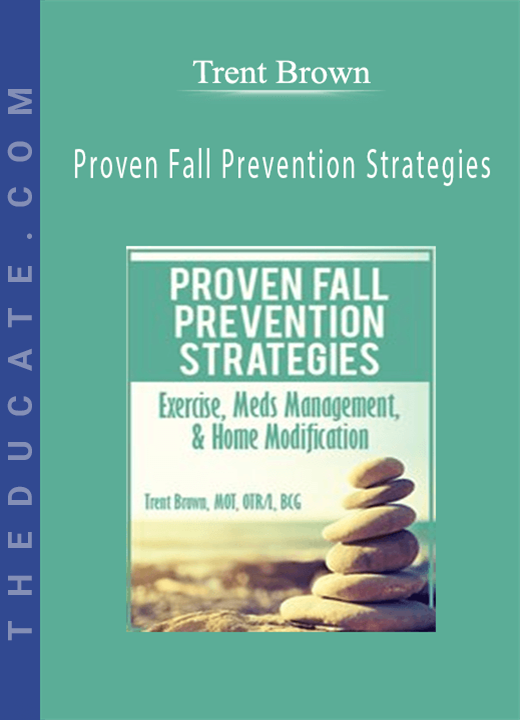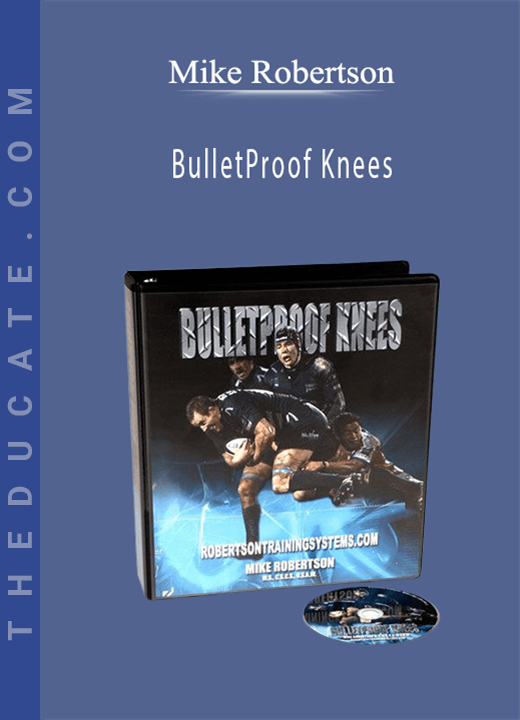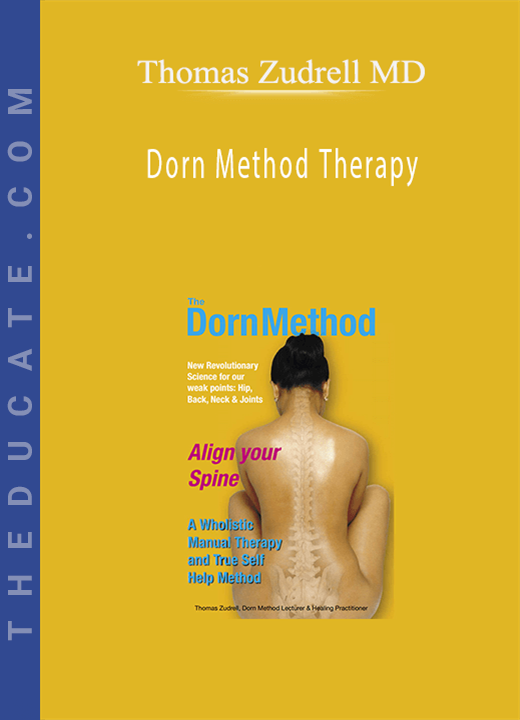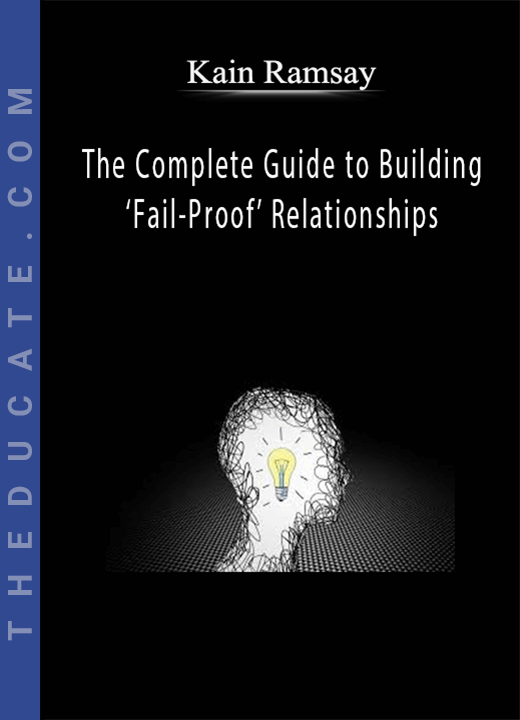Description
Proven Fall Prevention Strategies – Trent Brown
30% of people over age 65 fall each year. This number increases to nearly 50% in in-patient settings and skilled nursing facilities. Fall-related injuries causing death, hospitalization, and/or treatment was projected to be $111 billion in 2010. In addition, nearly 25% of all adults (45-64) experience one fall in the community annually.
Can therapists provide treatment and education to clients to reduce the risk of falls in the home, community, and clinical settings? What research supports the role of therapy in fall reduction and what is their role? This recording will answer these questions and discuss the most basic preventive strategies including: exercise strategies, medication management, and home modification.
- Identify the major contributors to falls and the most common environments where falls occur for the adult and geriatric population.
- Assess the role clinicians have for fall prevention in facilities, the community, and the patient’s home.
- Discuss programs, exercises, assessments, and educational resources used in treatment to reduce falls.
Identify Demographics of Falls
- Cost of falls
- Cause of falls (medication, aging, diagnosis, weakness, gait, etc.)
- Environment
Clinical Role of Reducing Falls
- Education (medication management, sleep, AE use, etc.)
- Fall reduction in the home
- Otago Exercise Program
Best Practice
- Fall risk assessment and evaluation (functional reach, chair-stand, etc.)
- Additional fall reduction exercises and activities (static/isometric, dynamic, etc.)
- Exercise dose -documentation







8 reviews for Proven Fall Prevention Strategies: Exercise, Meds Management, & Home Modification – Trent Brown
There are no reviews yet.